#numtot
Text

What did buses do?
#memes#meme#cute#funny#pride month#pride#Manchester#wholesome#lol#funny meme#dank#funny memes#cute meme#wholesome meme#wholesome memes#everyone welcome except buses#lgbt#lgbt meme#lgbt memes#numtot#public transportation#public transport#nerds who try to explain away the funny gets blocked
4K notes
·
View notes
Text

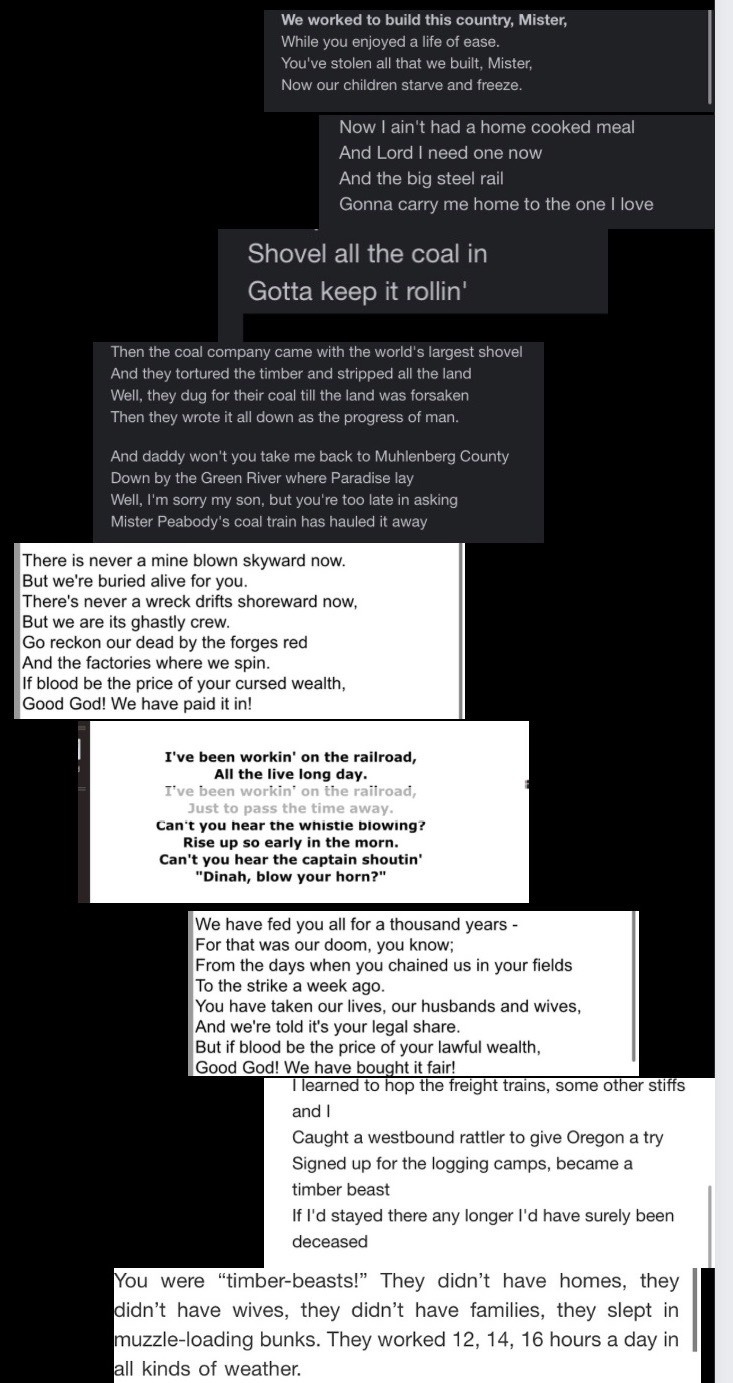
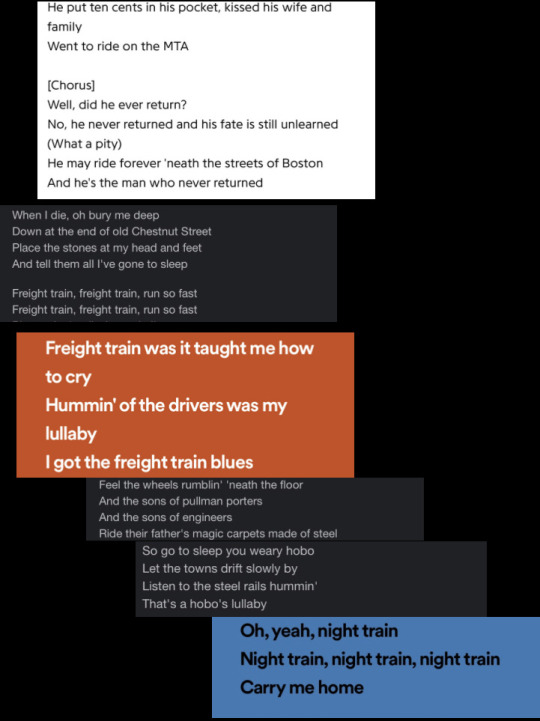
_____________
Solidarity forever : IWW | Wikipedia article on railway abandonment | All used up : Utah Phillips | The commonwealth of toil : Joe glazer | We have fed you all for a thousand years : IWW | John Henry | I don’t want your millions mister: The Almanac Singers | The big steel rail : Gordon Lightfoot | Chattanooga choo choo | Paradise : John Prine | We have fed you all for a thousand years | I’ve been working on the railroad | We have fed you all for a thousand years | ballad of a Wobbly: David rovics | Ralph Chaplin Speaks | The MTA | Freight Train : Elizabeth Cotton | Freight train blues : Bob Dylan | The city of New Orleans : Arlo Guthrie |Hobos lullaby : Woody Guthrie | Night trian: James brown
#undescribed#poetry#railroad#IWW#Ralph Chaplin#numtot#trains#Pete Seeger#David rovics#John Henry#woody guthrie#folk music#labor
807 notes
·
View notes
Text
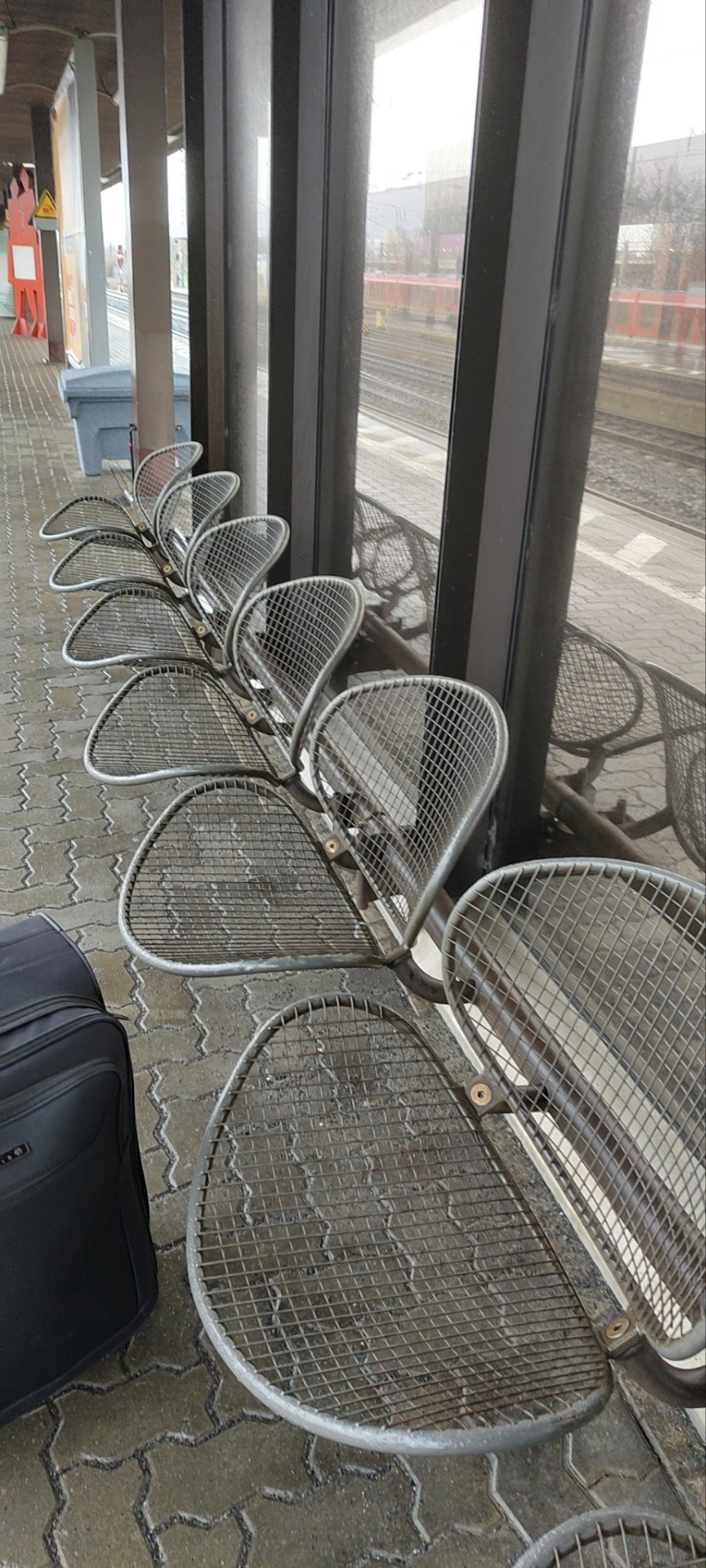
Man fuck hostile architecture
30 notes
·
View notes
Text

#septa#numtot#new urbanist memes for transit oriented teens#numtots#transit memes#public transit#philly#philadelphia#memes#original meme#gopissgorl#relatable memes#queer#lgbtqia#pride
22 notes
·
View notes
Text

"Chemical pollution from car tires is killing off salmon." - Nicolas Cage
#nicolas cage#salmon#water is life#chemical pollution#car tires#ecological crisis#salmon run#nick cage#Ecosystem#retrowave aesthetic#neon lights#public transit#numtot#urbanism#water quality
18 notes
·
View notes
Text
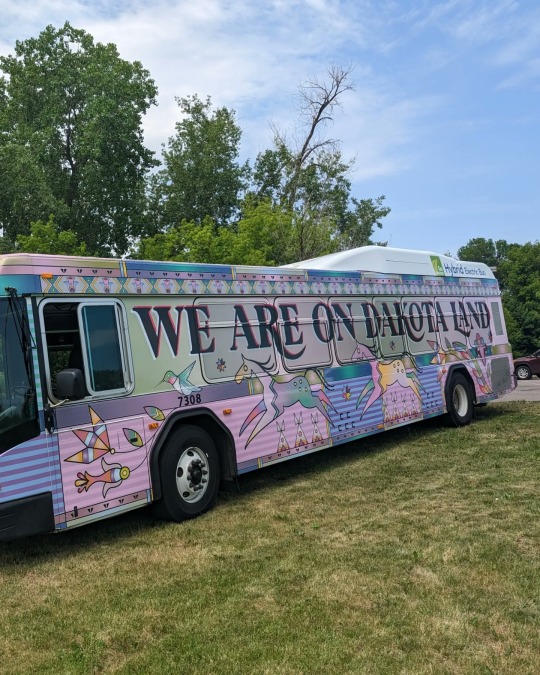

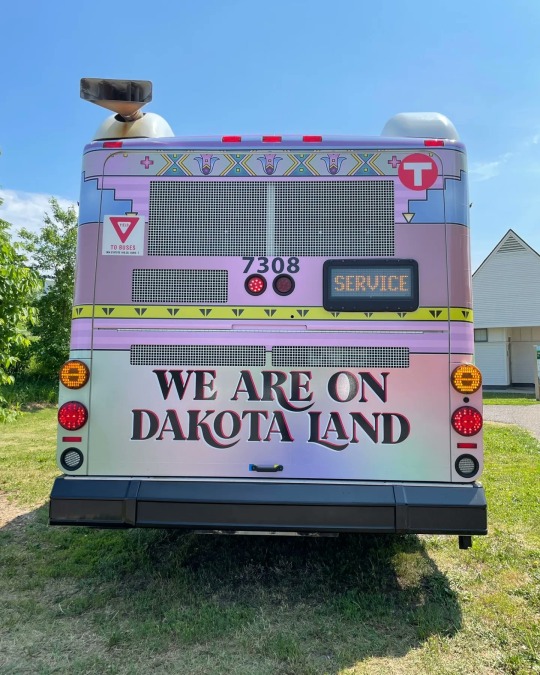
The incredible Marlene Myles now has one of the best public art pieces I’ve ever seen!
(Photos credit to her as well! Here is where to learn more about her art!)
AND, the driver assigned to this bus is also indigenous! Specifically Ojibwe and Lakota!
(Read more about the driver here!)
5 notes
·
View notes
Text

views from hoboken light rail station
#numtot#trains#east coast#nyc area#hoboken#hudson bergen light rail#light rail#train station#public transportation#public transit#urban planning#city#photography#iphone 8#iphonography#vsco#sky aesthetic#sunset#hipster#commute#mundane#njtransit#new jersey#nj transit#warm colors#mypics#withmorebutter
21 notes
·
View notes
Text
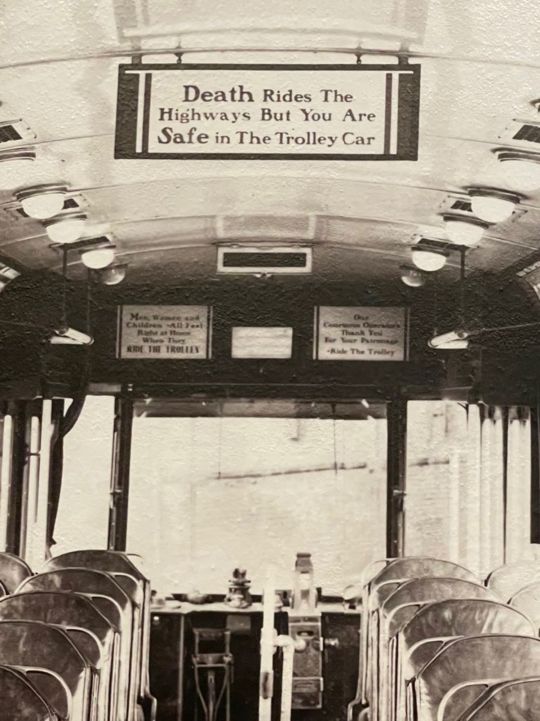
Death rides the highways but you are safe in the trolley car.
#mass transit#numtot#the war on cars#death rides the highways#but you are safe in the trolley car#vintage photography
3 notes
·
View notes
Text
Karolina Gorka is a NUMTOT
#please someone else get this other than me#this is so funny#numtot#tma#the magnus archives#karolina Gorka
3 notes
·
View notes
Text
Exploitable version of the classic poster and example use


5 notes
·
View notes
Text
In which I SkyTrain-post about: the Dunsmuir Tunnel.
Or, actually, why the SkyTrain network as a whole feels like a goofy little toy train, while also being a really cool example of quirky '80s technology being pushed right to its absolute limits. But first, some context is useful — specifically, the urban freeway plan for Vancouver, which, unlike many cities in North America, was largely aborted.
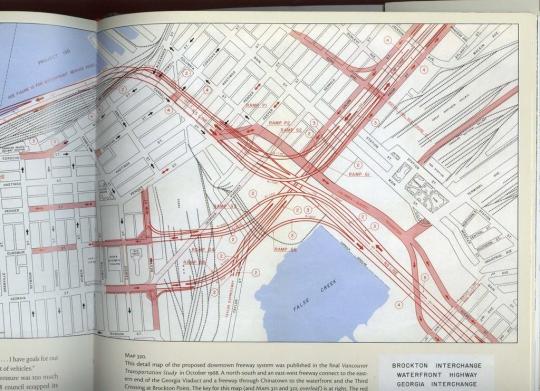
↑↑↑ This is what they wanted to do to part of the City of Vancouver…

…and this is the overarching plan that was mostly defeated by an organised left in Vancouver. (The few areas that weren't saved, well, those deserve their own posts.) So, with a massive freeway plan being shot down for the city centre, what was the plan going to be for transit? Well, after some amount of messing around with express buses throughout the '70s on the part of the regional transit network, which was operated by BC Hydro before BC Transit took it over… …Vancouver got chosen to host Expo 86. Which was themed around transportation, being named "Transportation and Communication: World in Motion — World in Touch".
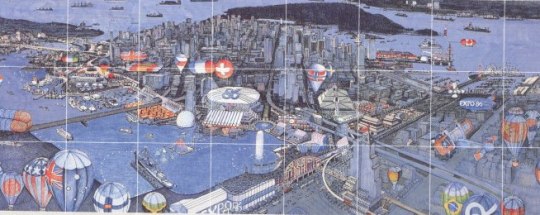
Which meant: well shit, maybe now's a good time to make up for having dodged the whole highway bullet. However, using a normal heavy rail network, on entirely new infrastructure, with human drivers, was untenable, because: I guess I need to introduce the Socreds.

I'm not going to get into the ideology of social credit, which the Socreds never actually ended up being able to give effect to, or the somewhat unusual conservatism of WAC Bennett's long administration, but effectively, by the early '80s, the Socreds had pivoted to plain old neoliberalism, which meant: cutting costs all over and also keeping unions out of whatever they could. (As an aside, if you've ever got the time, read about the Solidarity protests of 1983 in BC, because the sheer intensity of the Bill Bennett administration's fuckery on that front is a pretty clear demonstration of shock doctrine.) And yes, if you're keeping track, that's William Bennett for 20 years → 3 years of not William &c. → Bill Bennett for 11 years → Wilhelmus Vander Zalm for 5 years. Lots of William happening. And all of those assorted Williams were Socred Premiers. But how do you cut costs and also keep unions away from a brand new metro system? Well, Urban Transit Development Corporation, a Crown Corporation (basically a state-owned enterprise, but Canadian) in Ontario had an idea:
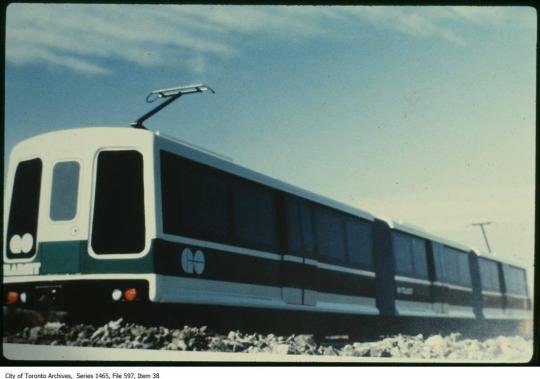
A tiny train. But it runs frequently. It's also automated, and uses a linear induction motor for propulsion. That's kinda critical to the fact that the SkyTrain works whatsoever, really, given other constraints I'm about to get into. And what else can one do to save costs on a rail system?

Reuse old alignments, like the Central Park Line of the British Columbia Electric Railway.

But what saves even more money?


Reusing old infrastructure. Basically, until just a few years before the SkyTrain started operation, Canadian Pacific ran long-distance trains, all the way out to Toronto (and sometimes further), through the Dunsmuir Tunnel from Waterfront Station, which is now the "main" hub for TransLink, linking the SeaBus, Expo Line, West Coast Express. Canada Line, and many bus routes. But that got shut down, to make way for literally slicing the Tunnel in half height-wise — and thus letting two tracks use the same tunnel, which was built tall enough for old steam trains. Which means: you've got trains constrained to a fairly tiny loading gauge, which, sure, maybe you'd want to build longer platforms to compensate for that, but:
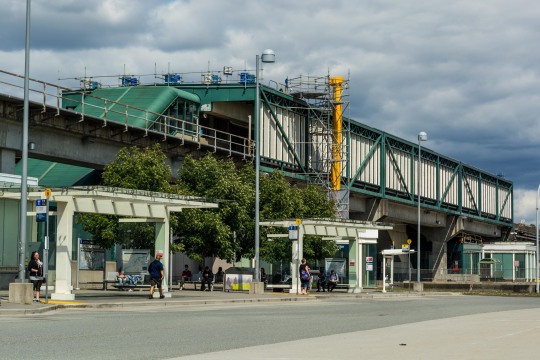
No. Hence automation. For example, try to find a precise timetable for the Expo Line anywhere on the Internet, without screwing around with APIs or whatever. You can't, last I checked. The design philosophy resulting from the "let's spend as little as goddamn possible while still having a grade separated rapid transit system" approach means that, well, we've got trains so tiny in loading gauge terms that you can fit two in a barely modified single-track rail tunnel, which are barely even 80m long, which still could carry 25,700 people per hour per direction, solely thanks to completely absurd frequencies. Like, TransLink deserves to be yelled at over the lack of redundancy in such a critical transportation backbone, and the provincial governments that they rely on for funding deserve it even more, but it's. Well. Kinda interesting how the most ridiculous possible political pressures resulted in, like, a fairly functional transit system, via the weirdest specifications possible. However, this is also why, not even 40 years after the Expo Line opened for regular service, it's already close to its limits. They were far too cautious and non-ambitious in their design for the system, chasing ideologies of Fiscal Responsibility™ instead of future-proofing, and now we've got transit infrastructure that's going to require redundancy to the tune of an entire extra metro line in the northwest/southeast direction eventually, even if other connections should be able to pick up the slack in the medium term.
#transit#transportation#public transit#numtot#Vancouver#Metro Vancouver#SkyTrain#Dunsmuir Tunnel#Social Credit Party (British Columbia)#socreds#Wacky Bennett#Downtown Vancouver#Expo 86#urban planning#longpost
14 notes
·
View notes
Text
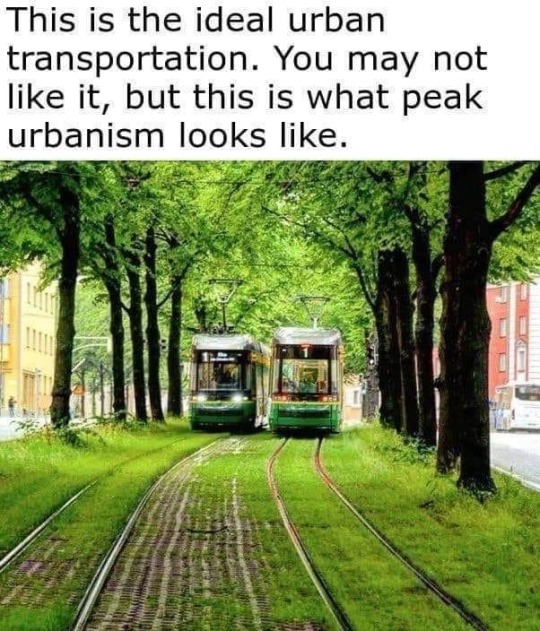
#now that’s a commute!#numtot#mossy af#you may not like it but this is what peak performance looks like#public transit
786 notes
·
View notes
Text
Mexico City Orange Trains My Beloved etc
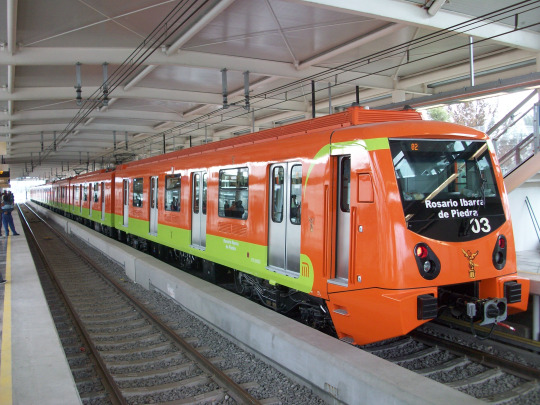

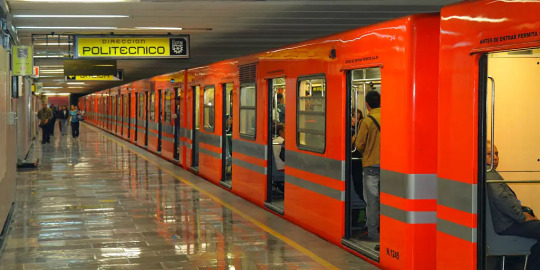
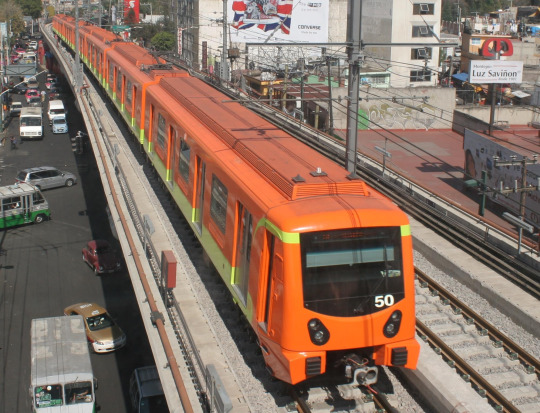

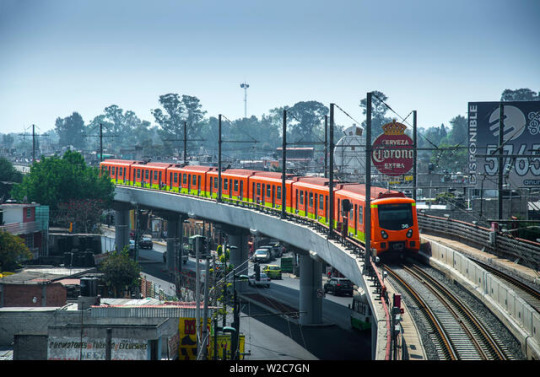
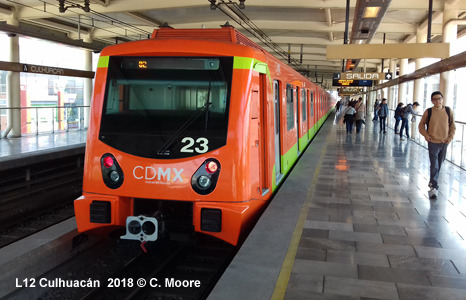

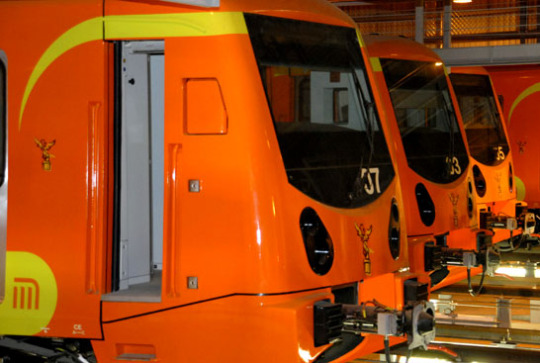
3 notes
·
View notes
Text

5 notes
·
View notes
Text
Candlesticks
I have a short piece in the "reader post" section of the newest issue of the Oregon Humanities magazine. Copied below, or find the whole issue at: http://oregonhumanities.org/rll/magazine/underground-winter-2023/
OH does themed issues, and this is more or less what came out immediately upon reading their prompt for this season's "underground" theme.
Candlesticks
We left them buried in the basement of the old house. Me, I would've taken them along, but D. made his disapproval of my grimy street rubbish very clear. It was one thing to have them sitting on top of the landlord’s pile of old paint cans and another to pack them away in boxes with our coats and linens.
Candlesticks are what you call those white plastic tubes that are screwed into the street to mark a perimeter, such as a separated bike lane. They are not particularly durable, as evidenced by the ease with which drivers routinely busted through them in our neighborhood. Sometimes the wreckage felt intentional, like motorists were playing a game of knocking down bowling pins.
Collecting them happened by impulse. Walking one day, I noticed two of them blocking a lane they had helped buffer just earlier that morning. Once in my hands, setting them back down felt like littering, while trashing them felt like complicity in destroying city property. So they came home with me.
But once I’d taken those, I began to see more, and once I saw them, I couldn’t leave them alone. As the collection grew, I began scheming. Maybe we could stealthily build a lane on a street in need of one. Maybe I would amass so many we could do a kind of art project: a pile of bollards like a pile of bones, representing all the injuries they failed to prevent. But before my little infrastructure graveyard could grow that large, we moved. Our landlord was of the more negligent variety; my guess is that they still live there in the basement.
I had almost wound up in a graveyard myself once, despite all the white paint on the crosswalk and a helmet on my head and the red light telling the driver to wait their turn. What my candlestick collection did, first, was to remind me that I was not alone, by sheer evidence of all the other “near misses” out there. But then, as someone who had often advocated for more bike lanes in cities, it began to do something else. The candlestick pile asked a question: Is this really what we want to build? Bowling pins for SUVs?
Presented like this, the answer seems like an obvious “no.” Who wants to scrap for a tiny piece of public space in which to exist, only to be threatened with death each day nonetheless? No one. But likewise no one, yet, seems to have quite the right answer for changing the public culture of how we live and move together on our streets—how we make room for everyone.
Still the need and desire for new and better answers is there, buried in that old basement.

2 notes
·
View notes
